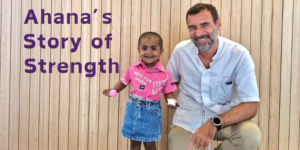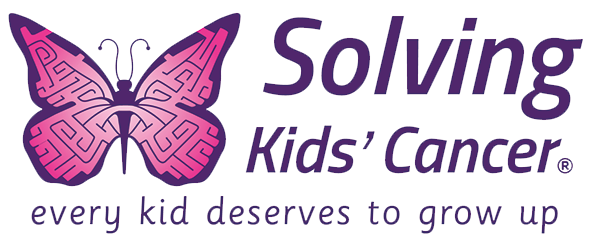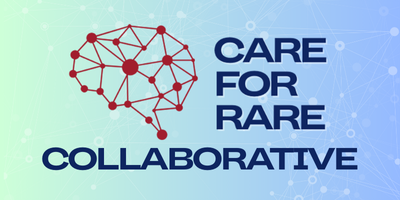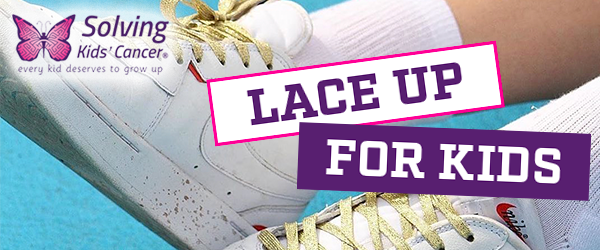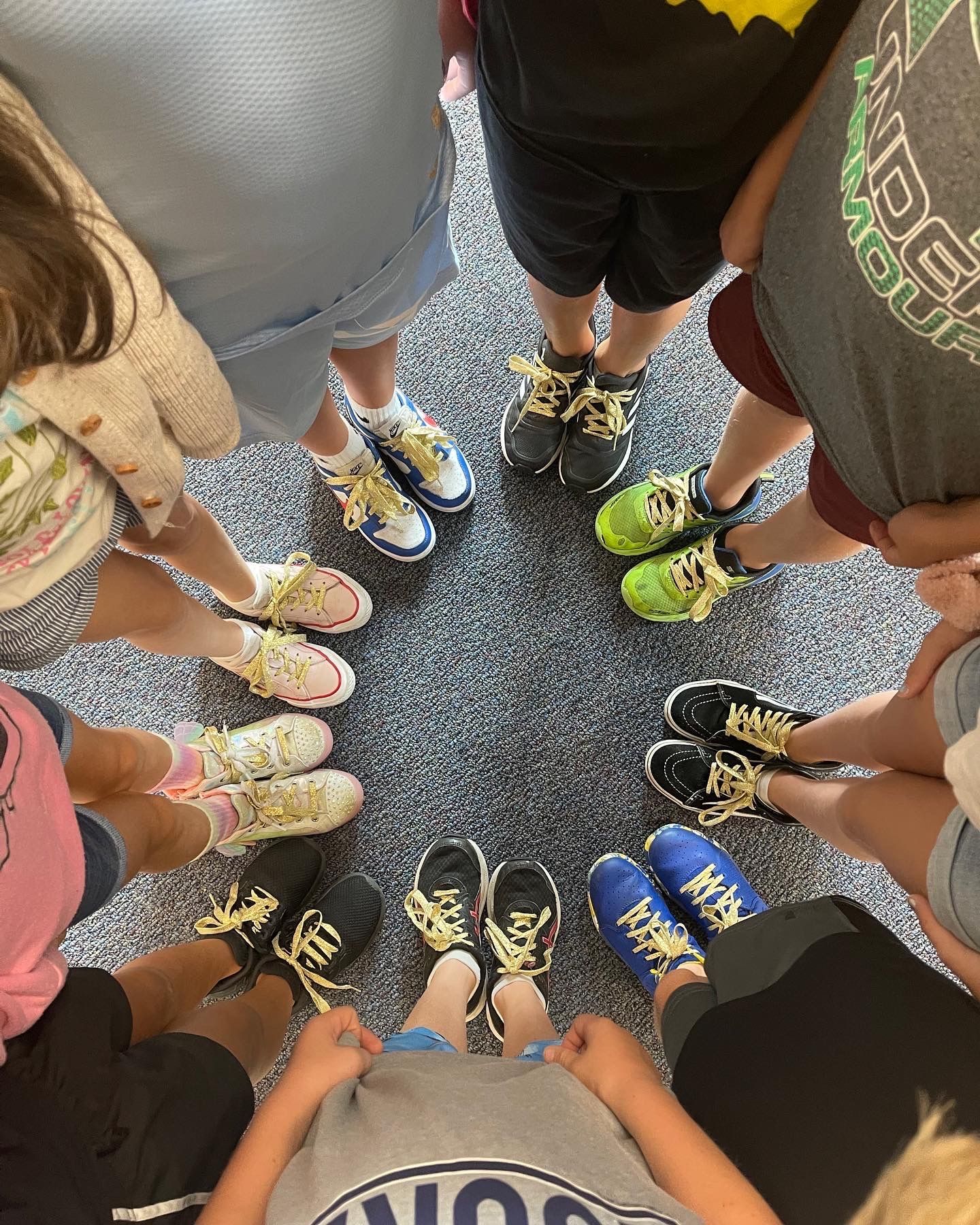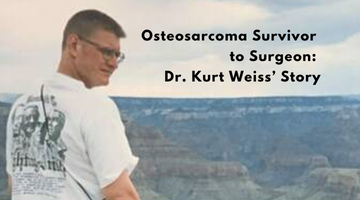When pediatric cancer patients are fighting for their lives, parents have to stay laser-focused on the here and now. As a result, there is often little room for thoughts about the late effects of cancer treatment on children— including fertility preservation for cancer patients. But according to Dr. Sogol Mostoufi-Moab, MD, MSCE, a dual-certified pediatric oncologist and endocrinologist at the Children’s Hospital of Philadelphia, “Nine out of ten children who successfully reach a cure from cancer will develop a chronic condition.” What’s more, endocrine disorders, which can cause infertility, have a 75% prevalence — making them the most common morbidity in childhood cancer survivors.
Childhood cancer survivors can face challenges years after treatment is complete and full remission is achieved. In this article, we cover fertility issues resulting from common childhood cancer treatments, methods of fertility preservation, and how parents can support their child into adulthood with survivorship care plans.
Common Childhood Cancer Treatments & How They Can Affect Fertility
There is no such thing as a one size fits all approach to treating childhood cancer. Based on the type of cancer, pediatric oncologists use standard protocols or recommend enrolling on a clinical trial testing a new protocol versus the current standard of care. According to the National Cancer Institute, some of the most common childhood cancer treatments include:
• Surgery: Unlike a biopsy, where a surgeon makes a minimally invasive incision to remove a piece of tissue for testing, surgery is used to remove a mass (tumor) from the body. Along with the mass, surgeons also remove some of the surrounding tissue (known as the margin) to ensure the surrounding tissue is also free of malignancy.
• Adverse effects on fertility in both sexes: No adverse effects unless it involves the injury or removal of reproductive organs or secondary complications (results of a surgical procedure that may worsen over time).

• Chemotherapy: Uses medications administered either intravenously or orally to kill cancer cells. Often, a patient undergoing chemotherapy will have a central venous line (CVL) that exits the chest, or a port, under the skin, where doctors can administer medication and draw blood. A CVL alleviates the need for a patient to undergo multiple needle sticks, and a port reduces the chance of infection in the line, since most regimens require months of treatment.
• Adverse effects on fertility in females: Chemotherapy can affect the viability of the ovaries as it’s considered a gonadotoxic treatment — especially when alkylating chemotherapy agents are used. However, prepubertal ovaries are typically more resistant to chemotherapy damage when compared to post-pubertal ovaries in female children. Sometimes the damage is only temporary, but sometimes treatment can cause permanent damage, affecting a female’s fertility. Some childhood cancer survivors may also experience premature menopause, but younger cancer patients are less likely to experience this as one of the late effects of chemotherapy. If they do, it’s typically many years after cancer treatment is complete, but before the age of 40 years.
• Adverse effects on fertility in males: Chemotherapy can affect the viability of sperm since it is gonadotoxic. Sometimes this is only temporary, but sometimes treatment can cause permanent damage, affecting a male’s fertility — especially after alkylating chemotherapy agents. Likewise, chemotherapy can inhibit the ability of a male to get and keep an erection. However, most childhood cancer survivors do not experience permanent effects on sexual performance.
• Radiation therapy: Uses beams of radiation to kill cancer cells. Depending on the type of cancer a patient has, an oncologist may recommend a course of treatment consisting of chemotherapy in conjunction with radiation therapy.
• Adverse effects on fertility in females: Radiation is gonadotoxic and can affect the ovaries’ viability, especially when a patient receives concentrated radiation to the lower abdominal and pelvic area. Radiation can destroy or damage some or all of a childhood cancer survivor’s eggs, potentially leading to infertility in the future. Females may also experience premature menopause as one of the late effects of radiation. If they do, it’s typically many years after cancer treatment is complete, but before the age of 40 years.
Additionally, cranial radiation can affect the hypothalamic-pituitary-ovarian axis, affecting the body’s ability to produce the hormones necessary for ovulation.
• Adverse effects on fertility in males: Radiation can affect the viability of sperm, especially when a patient receives concentrated radiation to the lower abdominal and pelvic area as it’s considered a gonadotoxic treatment. Sometimes this is only temporary, but sometimes treatment can cause permanent damage, affecting a childhood cancer survivor’s fertility. Fertility issues are commonly seen in patients who receive low-dose radiation; however, prepubescent males tend to see less damage to their sperm cells.
Additionally, cranial radiation can affect the hypothalamic-pituitary axis, affecting the body’s ability to produce the hormones necessary for producing sperm. The younger the child, the more radiosensitive their hypothalamic-pituitary axis.
• Immunotherapy: Stimulates the body’s immune system to kill cancer cells. Like chemotherapy, immunotherapy can be administered intravenously or orally. Some immunotherapy treatments may require an extended hospital stay.
• Adverse effects on fertility in both sexes: Currently, there is little longitudinal data that demonstrates how immunotherapy affects, if at all, a childhood cancer survivor’s fertility. If your child is undergoing immunotherapy, it’s important to speak with their oncologist about your concerns regarding fertility preservation for cancer patients.
• Allogeneic or autologous transplant: Uses peripheral blood CD34+ cells collected by apheresis from a matched donor (allogeneic) or self (autologous). After myeloablative conditioning with chemotherapy, the cells are given by IV infusion, similar to a blood transfusion, to regenerate a healthy immune system. Allogeneic or autologous transplants occur after a patient has already had chemotherapy to reduce the burden of cancer to a minimum, and conditioning regimens can involve very high doses of chemotherapy.
• Adverse effects on fertility in females: Since allogeneic or autologous transplant patients typically undergo multiple rounds of chemo and, in some cases, radiation before transplant, many females do experience permanent infertility due to damaged ovaries. This is especially true for childhood cancer survivors who received total body irradiation.
• Adverse effects on fertility in males: Males who receive allogeneic or autologous transplant have already undergone multiple rounds of chemotherapy and, in some cases, radiation, which can result in permanent infertility. This is especially true for those who received total body irradiation.
Methods of Fertility Preservation for Cancer Patients
Considering a child’s future fertility can feel like a huge responsibility for parents — especially amid aggressive cancer treatment. However, even if parents don’t know if their child will want children of their own in the future, parents should know they have options to explore to preserve their child’s fertility.
Furthermore, the American Society of Clinical Oncology recommends that oncologists should “be prepared to discuss possible fertility preservation options or refer appropriate and interested patients to reproductive specialists.” Here are some standard methods for fertility preservation for cancer patients and their risks per Dr. Lisa Dillar, MD, Vice-Chair, Department of Pediatric Oncology at Boston Children’s Hospital/Dana-Farber Cancer Institute:
Female cancer patients
• Oocyte cryopreservation: The removal and freezing of an egg from the ovary. A female must be pubescent or have already undergone puberty for this procedure. Females also have to undergo fertility treatments in preparation for egg retrieval.
• Embryo cryopreservation: The removal and fertilization of an egg from the ovary. A female must be pubescent or have already undergone puberty for this procedure and undergo fertility treatments for egg retrieval. The egg is fertilized through in-vitro fertilization, resulting in an embryo that is then frozen and can be transferred to a childhood cancer survivor’s uterus or carried by a surrogate later.
• Ovarian tissue cryopreservation: The removal of the ovarian cortex, where the ovarian follicles exist and typically release eggs during a female’s ovulation. The tissue is frozen and stored and can be re-implanted later.
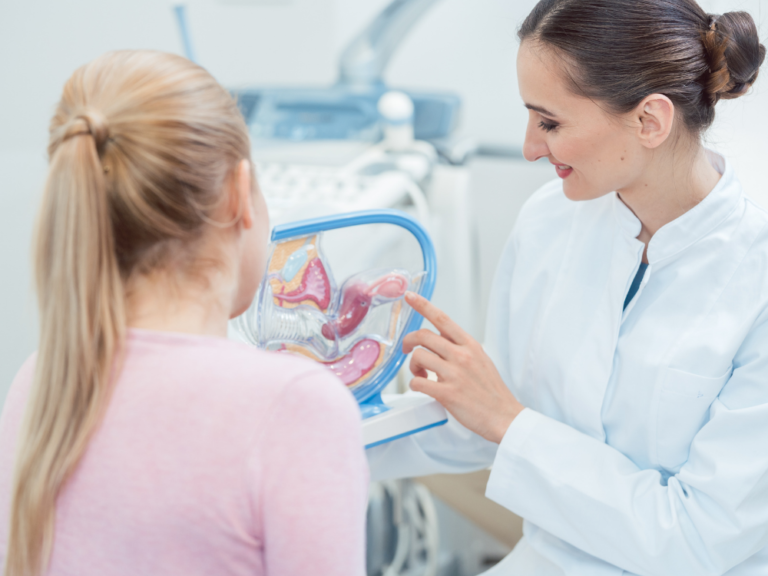
Risks of fertility preservation for female cancer patients:
• A delayed start to cancer treatment
• Procedural risks
• The social-emotional toll of egg retrieval
• Reintroducing neoplasia (malignant cells)
• Removal of an ovarian cortex that could later play a role in a female’s fertility
• Unknown pregnancy success and outcomes
Male cancer patients
• Sperm cryopreservation: The production of and freezing of sperm. A male must be post-pubertal for this method.
• Testicular sperm extraction: The retrieval of sperm through various methods such as a small incision, aspiration, or biopsy of the testicles. This procedure is typically performed when a post-pubertal male cannot produce a semen sample.
• Testicular tissue cryopreservation: In prepubescent males, this is the removal of testicular tissue and the cells that create sperm (spermatogonia), while pubescent and post-pubescent males will have testicular tissue, spermatogonia and sperm removed and frozen. This treatment is still developing, and there are no known cases of childhood cancer survivors who regained fertility or where pregnancy has been achieved.
Risks of fertility preservation for male cancer patients:
• A delayed start to cancer treatment
• Procedural risks
• The social-emotional toll of procedures
• Damage to the sperm cells
• Unknown pregnancy outcomes (fetal health)
How Parents Can Support Their Child Into Adulthood With a Survivorship Care Plan
Making decisions that can impact a child’s future fertility is not easy. Whether or not parents decide to pursue fertility preservation for their child, they should work with their child’s oncologists to compile information about their diagnosis, course of treatment, prognosis, and expected outcome. This information will be of critical importance should a child wish to learn more about their medical history and how it can impact their fertility as an adult.
If complete remission is achieved, long-term follow-up care for pediatric cancer should be discussed. Parents may consider having their child see a primary care physician that specializes in working with childhood cancer survivors and has experience partnering with oncologists. When it’s developmentally appropriate, kids need to be educated on what they’re going through and what it can mean for their future.
It’s also helpful to remember that families can be formed in many different ways, so if a childhood cancer survivor’s fertility is permanently impacted, it doesn’t mean they cannot pursue having a family one day if they wish.
Fertility is one critical piece of the overall care of pediatric cancer patients. When you give to Solving Kids’ Cancer, you help advance finding, funding, and advocating for breakthrough treatment options to cure children with childhood cancers — because Every Kid Deserves to Grow Up®.
